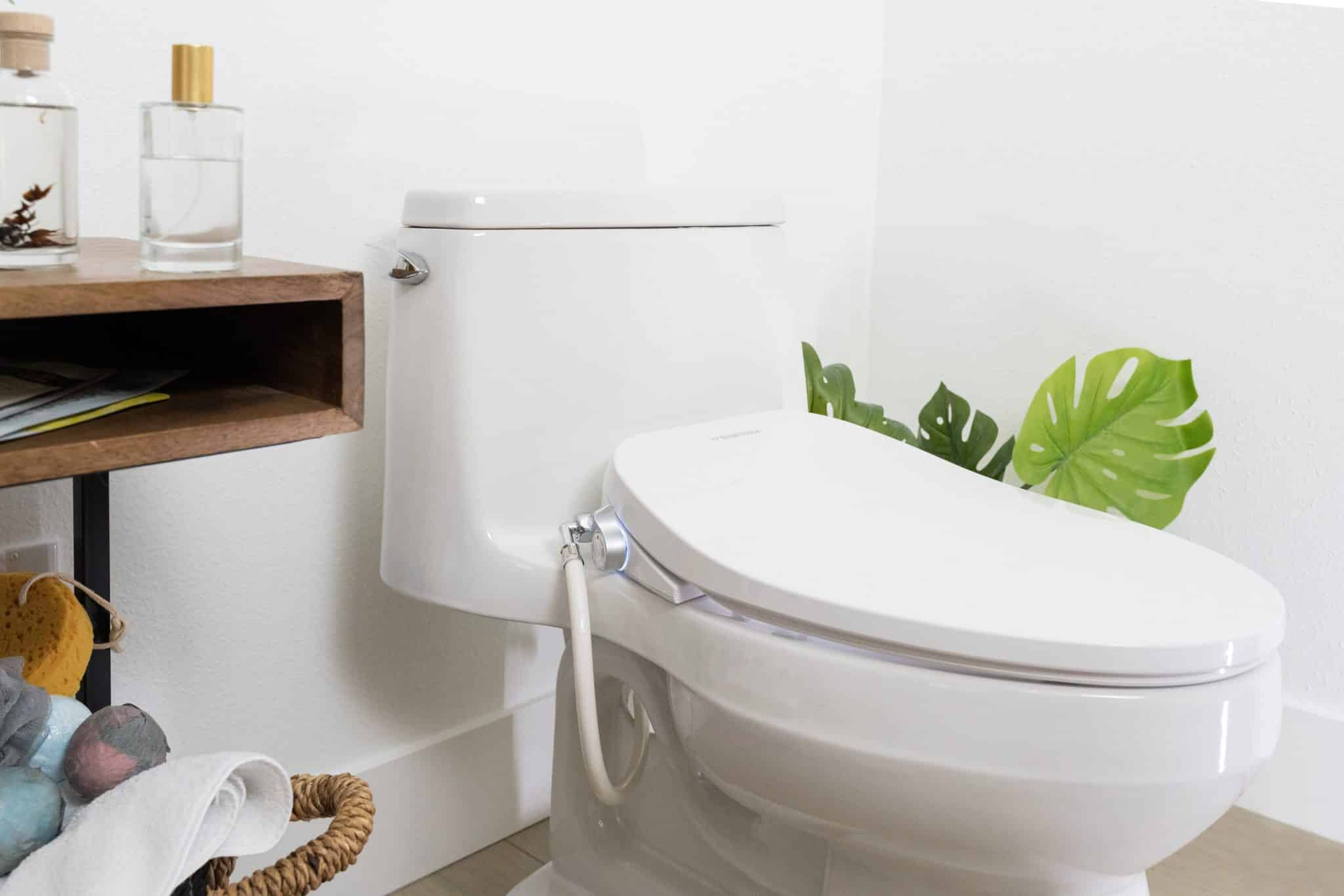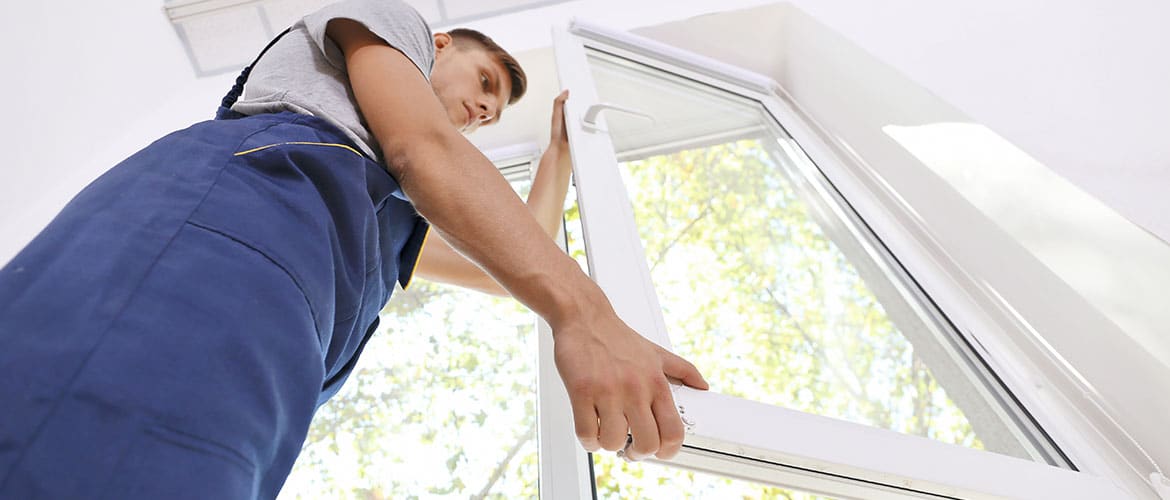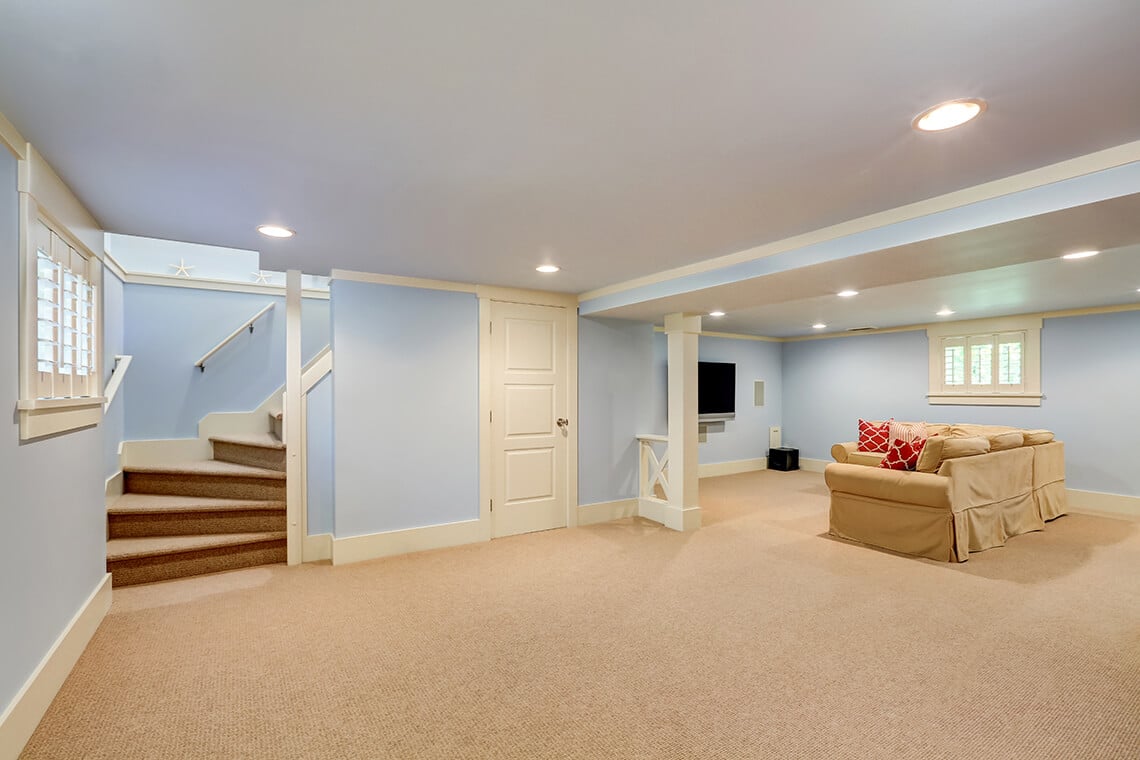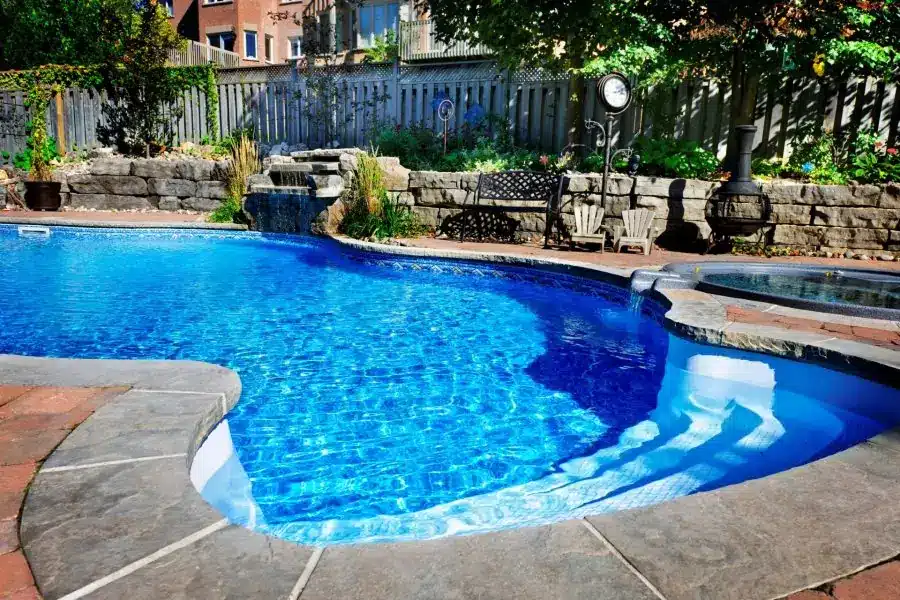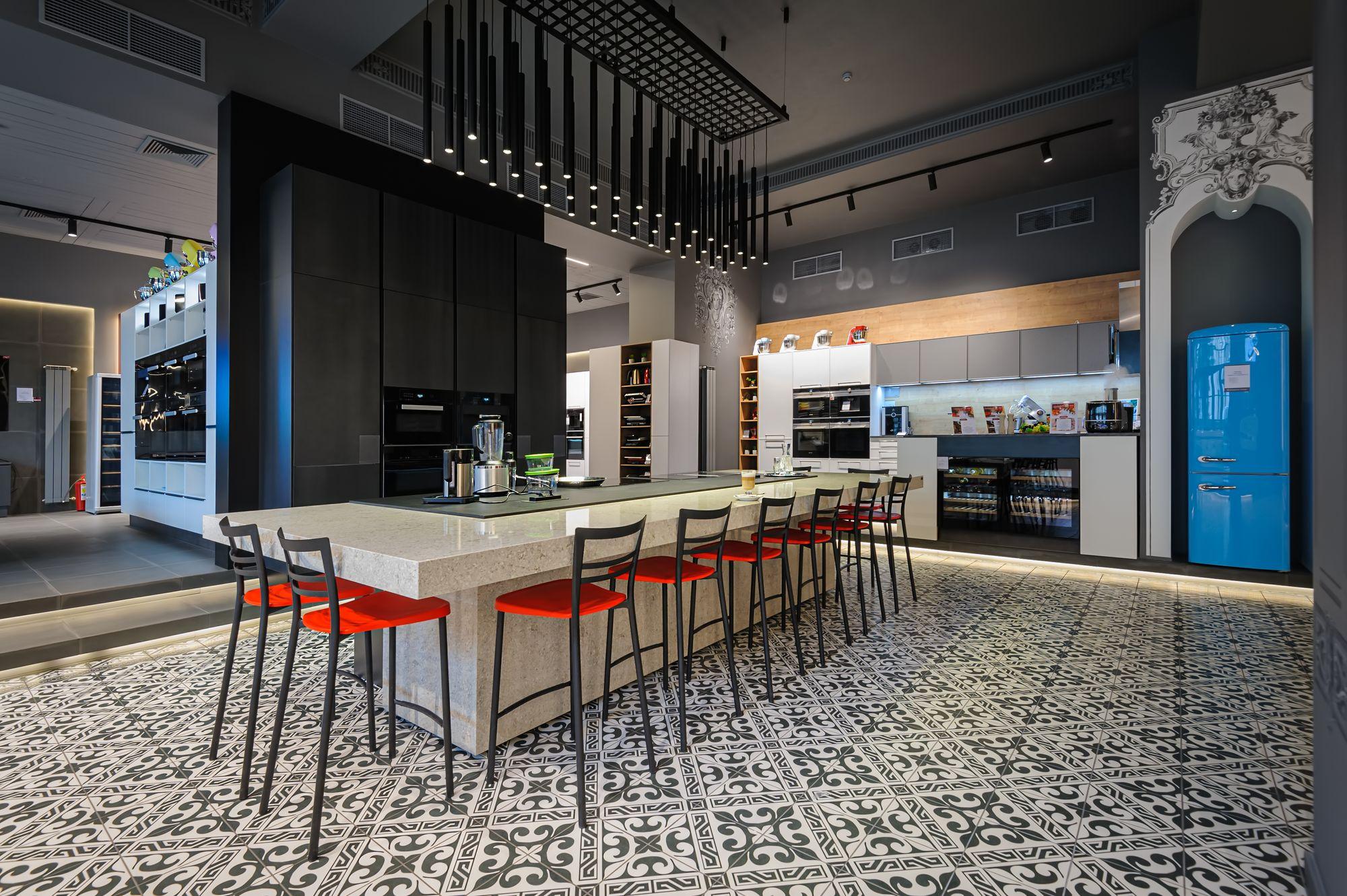What is an Oriented Strand Board Used For?
Are you curious about the many uses of oriented strand board (OSB)? Look no further! In this article, we will explore the various applications of OSB in both residential and commercial construction. Whether you’re a homeowner or a contractor, understanding the versatility and benefits of OSB can help you make informed decisions for your next project.
Oriented strand board (OSB) comprises wood strands bonded together using adhesive and pressure. This manufacturing process creates a durable panel that can be used for various applications.
So, let’s dive in and discover how OSB can be utilised!
Residential and Commercial Construction Applications
You’ll be amazed at how oriented strand board revolutionises residential and commercial construction with its unmatched strength and affordability.
Whether building a new home or working on a commercial project, oriented strand board (OSB) is an excellent choice for various applications.
One of the primary uses of OSB in construction is as sheathing material for walls, roofs, and floors. Its sturdy composition makes it perfect for providing structural support and stability to buildings.
In addition to its structural benefits, OSB is also commonly used as a subflooring material. It offers exceptional durability and can withstand heavy loads without sagging or warping. This makes it ideal for areas that require extra strength, such as kitchens or high-traffic commercial spaces.
OSB can be easily cut and shaped to fit any floor plan or design requirement. Its versatility allows builders to create customised flooring solutions while keeping costs low.
Sheathing for Roofs, Walls, and Floors
When renovating, it’s common to rely on OSB as a versatile option for sheathing roofs, walls, and floors. Whether you’re working on a residential or commercial project, oriented strand board is widely used due to its strength and affordability.
For roofs, OSB can provide a sturdy base that helps distribute the weight of roofing materials evenly. It can withstand the elements and provide excellent structural support.
In terms of wall sheathing, OSB is often chosen for its durability and ease of installation. It offers good insulation properties and can help improve energy efficiency in buildings. Whether you’re constructing exterior or interior walls, oriented strand board provides a solid foundation that can withstand the pressures of daily use.
When it comes to flooring applications, OSB is a popular choice for its strength and stability. It’s commonly used as a subflooring material because it can handle heavy loads without sagging or warping. With proper installation techniques, OSBs can create a solid base for various floor coverings, such as hardwood or laminate.
The Cost-Effective Alternative to Plywood
Are you looking to save money on your renovation project? Opt for OSB, a budget-friendly alternative to plywood that offers the same strength and stability.
One of the main advantages of using OSB instead of plywood is its cost-effectiveness. OSB tends to be less expensive than plywood, making it an attractive option for those on a tight budget. Additionally, OSB is often made from smaller trees or fast-growing species, reducing costs compared to plywood from larger, more valuable trees.
OSB can provide a reliable solution without breaking the bank if you need sheathing for roofs, walls, or floors.
Structural Support and Stability
If you aim to build a sturdy and reliable structure, OSB is affordable, providing excellent structural support and stability.
One of the main advantages of using OSB for structural support is its ability to distribute weight evenly across a surface. The strands in the board are aligned in specific orientations, which gives it enhanced strength and stiffness. This makes OSB especially suitable for flooring, roof decking, wall sheathing, and subflooring applications. Its solid composition allows it to resist warping or sagging, ensuring long-lasting stability for your construction projects.
Easy Installation and Dimensional Stability
You’ll love how OSB effortlessly installs and maintains its shape over time for an easy and hassle-free construction process. You can say goodbye to tedious and time-consuming processes when installing oriented strand boards.
It’s uniform size and consistent thickness makes OSB panels fit together seamlessly, allowing for quick and efficient installation. Whether you’re using nails or screws, they easily penetrate the board’s surface without causing any splitting or cracking. This means less frustration and more productivity during your construction project.
Not only is installing OSB a breeze, but it also offers exceptional dimensional stability. Unlike traditional plywood that may warp or swell due to moisture exposure, oriented strand boards remain strong and rigid even in fluctuating conditions. Its composition of wood strands that are cross-oriented and bonded with resin creates a remarkably stable material. This ensures your structure maintains its integrity over time without warping or buckling issues.
So whether you’re building walls, floors, or roofs, you can count on OSB to provide long-lasting stability. To reiterate, here’s why:
– Effortless installation saves you valuable time and energy.
– Consistent thickness allows for precise measurements and alignment.
– Resistant to splitting and cracking, ensures a smooth construction process.
By utilising these unordered bullet points in markdown format, we aim to evoke excitement about the convenience of installing oriented strand board while emphasising its benefits, such as ease of use, precision in measurements, resistance to damage during installation, etc.
So, what is Oriented Strand Board Used For?
So, now you know all about oriented strand board (OSB) and its many uses!
Its versatility in residential and commercial applications makes it ideal for sheathing roofs, walls, and floors. Not only is OSB an affordable alternative to plywood, but it also offers structural support and stability.
Its layered composition of wood strands provides strength and durability, making it suitable for various building needs. Additionally, OSB’s easy installation process saves time and effort during construction while ensuring dimensional stability over time.
In conclusion, if you’re looking for a dependable material that offers both affordability and strength, OSB should be at the top of your list. So don’t hesitate to consider using OSB as your go-to option for sheathing roofs, walls, and floors – you won’t be disappointed!


